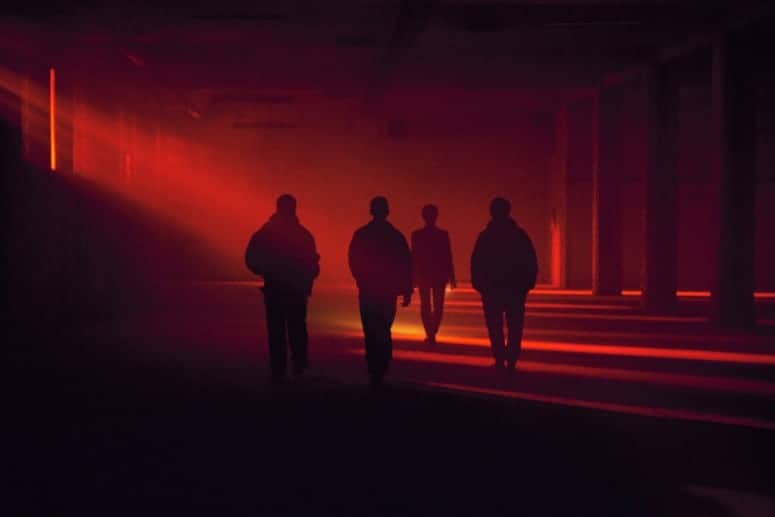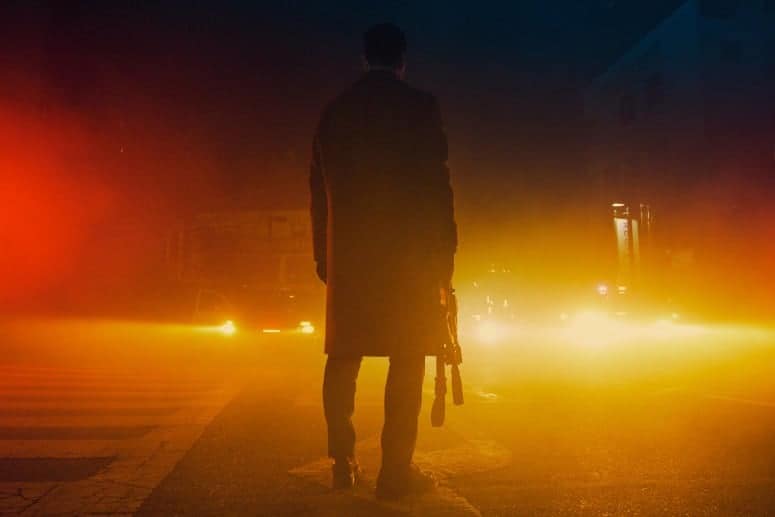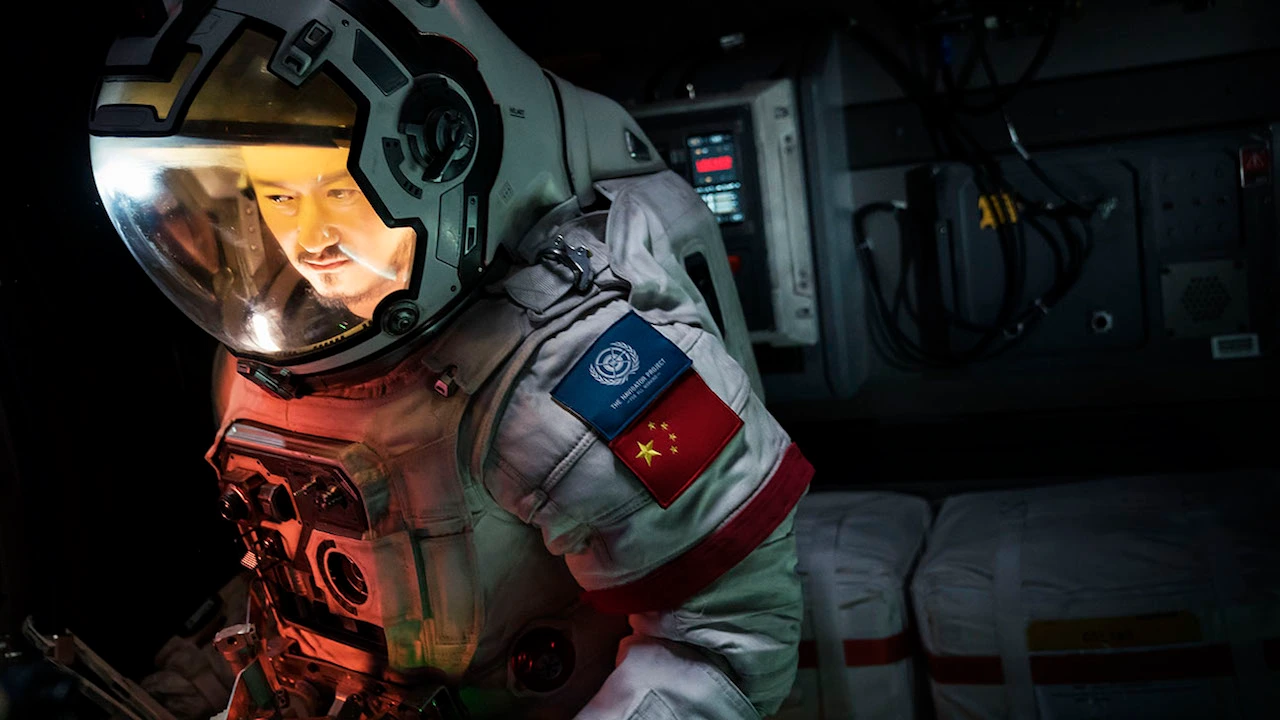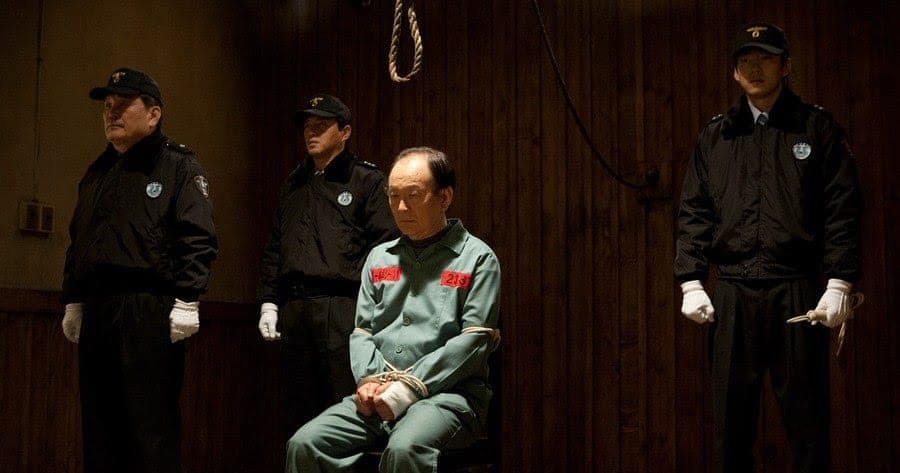“Time to Hunt” is a film that lives to its title. In this adrenaline laden genre film with a wild body count, the tempo accelerates mercilessly in a never-ending hunt. Yoon Sung-hyun might be influenced by many directors, both from Asia and the US (most notably by James Cameron's “Terminator”, and according to his own words by Spielberg's “Jaws” in terms of building the suspense), but his third feature production that has just had its world premiere at the Berlinale (Special Gala section) has the two traditions merging into a curious hybrid.
“Time to Hunt” is screening at Berlinale 2020

In an anonymous dystopian city in Korea, things are getting nasty. Some eight thousand workers are on strike, and the heavily armed police is there to remind them of the power hierarchy. The country is facing a high unemployment rate, and many live on the street or in abandoned buildings which are as grey as the prospects of a better future. In this type of atmosphere, two best friends Ki-hoon (Choi Woo-shik) and Jang-ho (Ahn Jae-hong) are trying to figure out how to make some fast money, but they are slowly running out of ideas.

© 2020 Union Investment Partners, Littlebig Productions, Sidus
The first time Production Designer Kim Bo-Mook is the name one should remember, because he is responsible for the overall look of “Time to Hunt” which embraces the narrative like they were born together. In reality, nothing was really dystopian about the locations scouted for the film, and the large modern buildings and the harbour where a significant part of the plot takes place, were digitally altered into a rundown place of dread. In such greyness, blood is redder than Chanel's lipstick Allure Velvet n°5. And there is plenty of it. There are also plenty of bullets, an exotic element in a Korean movie, but we blame it on the dystopia. In that undefined time in which the clothes and food look the same as they do now, weapons are reality, unlike now. In fact, there is so much of them, that the average American anti-hero would love to take his psycho out in such a place of “all you can shoot with” freedom. But guns are not in the hands of people without money, and the extreme class difference is seen in passing. Fast, sexy looking cars brush past barefoot children in dirt rags, and somewhere in distance nicer buildings can be seen. And between those two worlds (with a mighty overlapping) are the powerful mafia bosses that control any type of business that can make US dollars. Due to a strong inflation, the US dollar became the country's only sought for currency which is protected by heavy weaponry.

© 2020 Union Investment Partners, Littlebig Pictures, Sidus
Ki-hoon and Jang-ho will unfortunately get sucked in that hell out of naiveté and guilty conscience, when they agree to rob the mafia-controlled gambling den with their friend Jun-Seok (Lee Je-hoon) who was just released from prison where he was sitting three years for a crime all three of them committed. The dangerous attack on a high-security gambling place goes well thanks to the fourth friend Sang-soo (Park Jeong-min) who works as a croupier there. The happiness proves to be short-lived when a mysterious and very dangerous man starts looking for them.
In his scenario for “Time to Hunt”, Yoon Sung-hyun has created the character of a psychopathic corrupted cop Han (Park Hae-soo), a true impersonification of evil whose love for chase surpasses even his love of killing. As the bodies pile up, we are given a fraction of moment to discover his creepy collection at home, before we continue following his passionate hunt for the thieves. Park Hae-soo is dominating the film in his role of an ice-cold, stubbornly persistent head-hunter, and the cinematographer Lim Won-geun uses strong light contrasting to make his presence even more threatening.
The film's weakest side is its length. Stretching over 134 minutes, “Time to Hunt” calls for better editing, particularly in the first part of the story which is focusing too much on the friendships and Ki-hoon's family. On the other hand, when it finally reaches the actual action, there is no stopping and the viewer's attention is full on.















